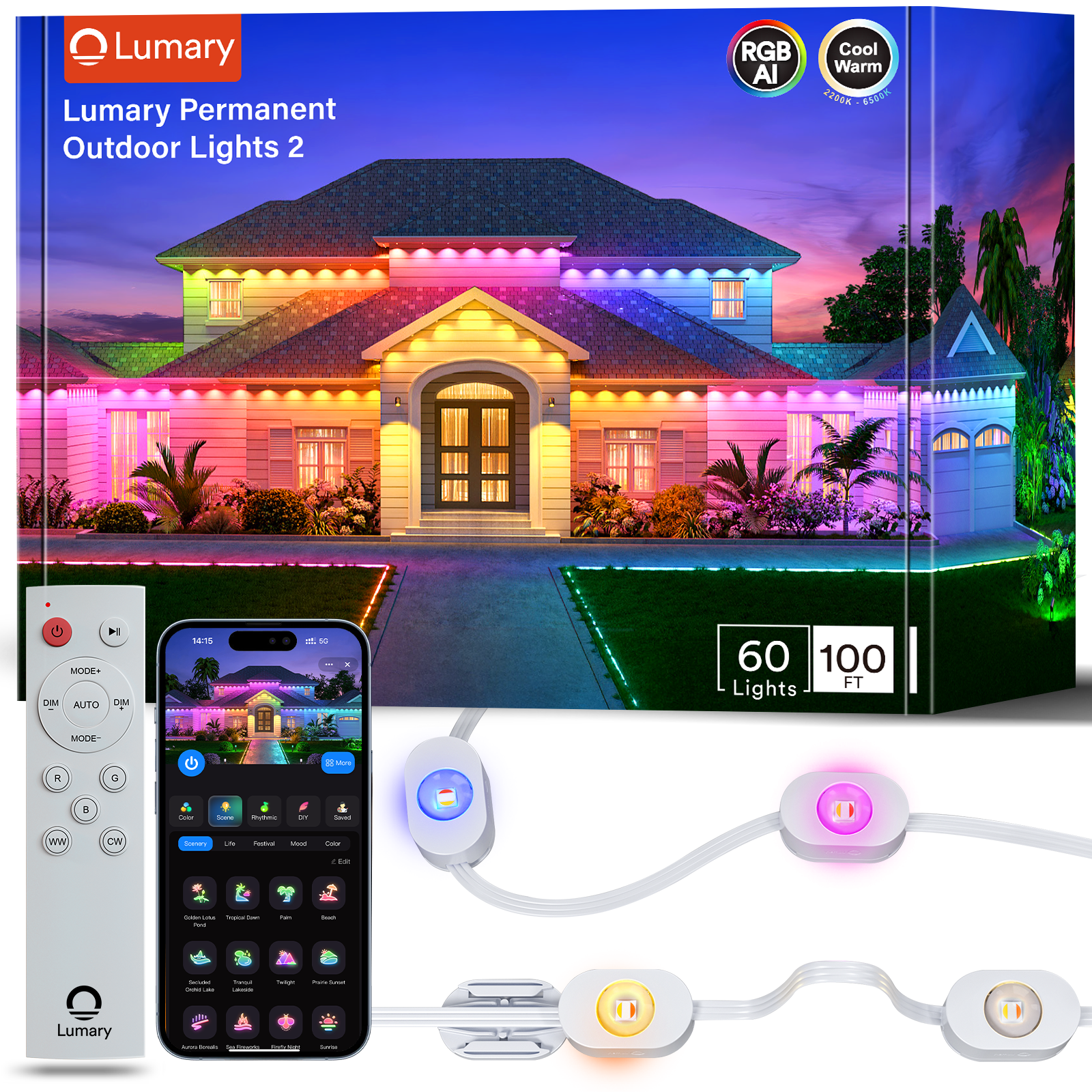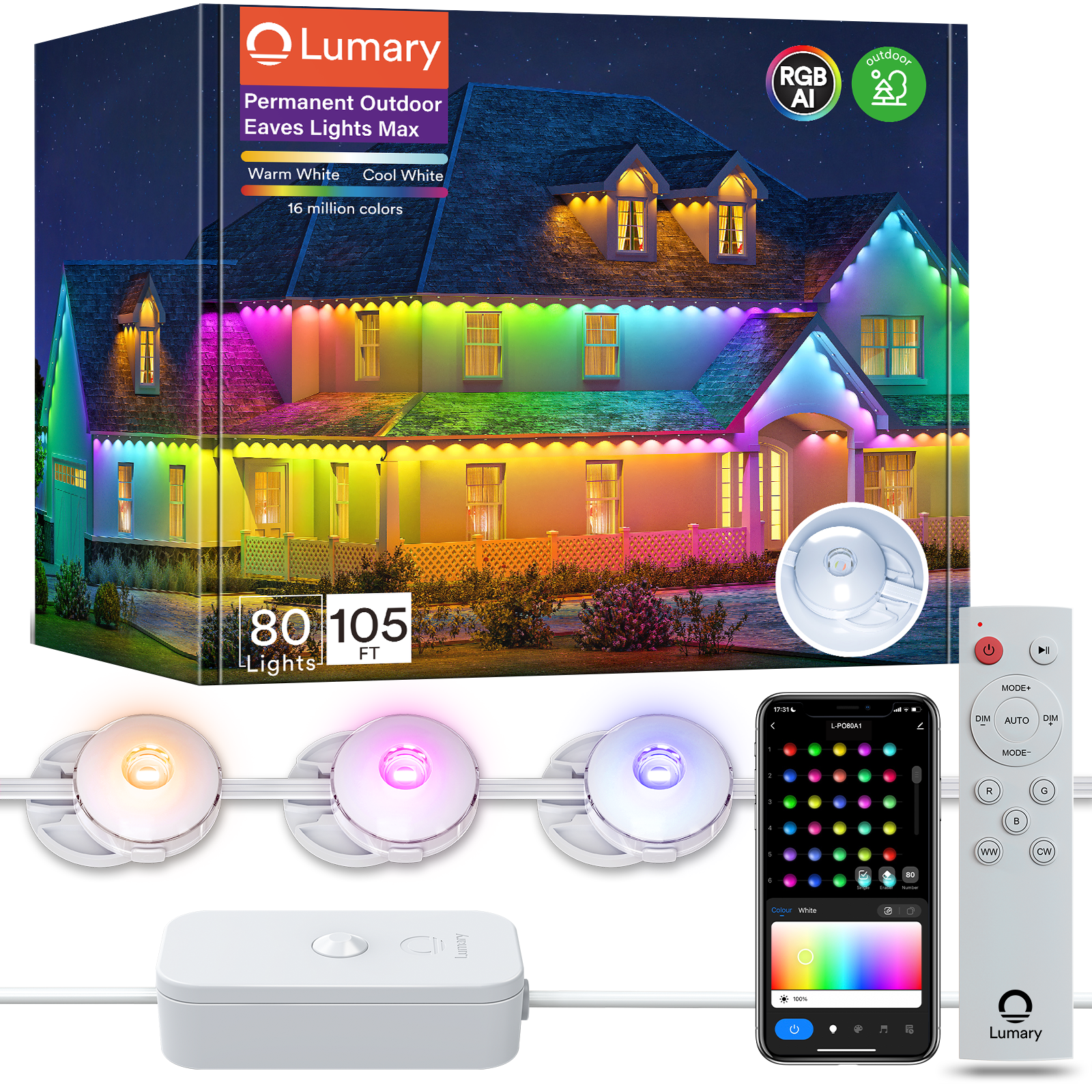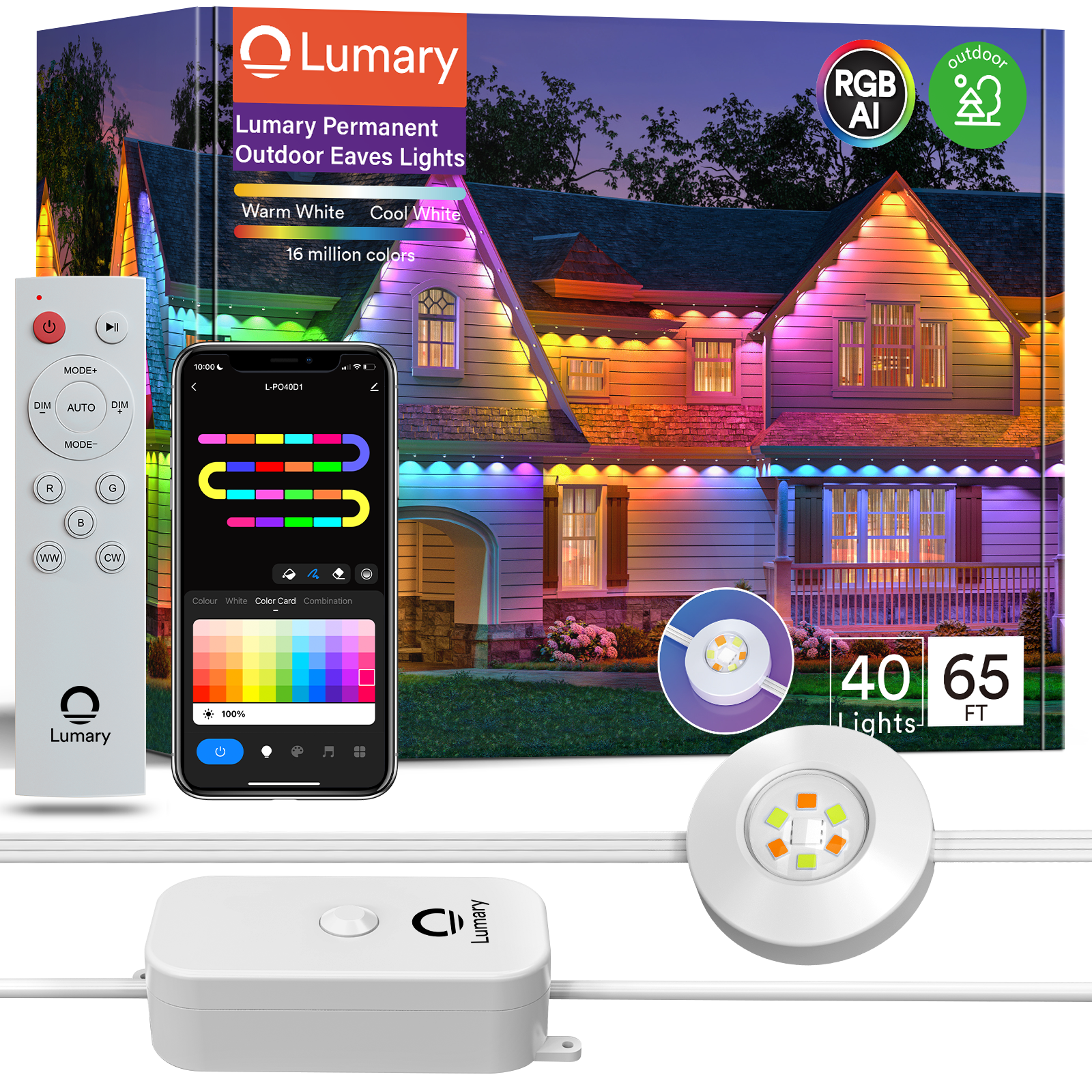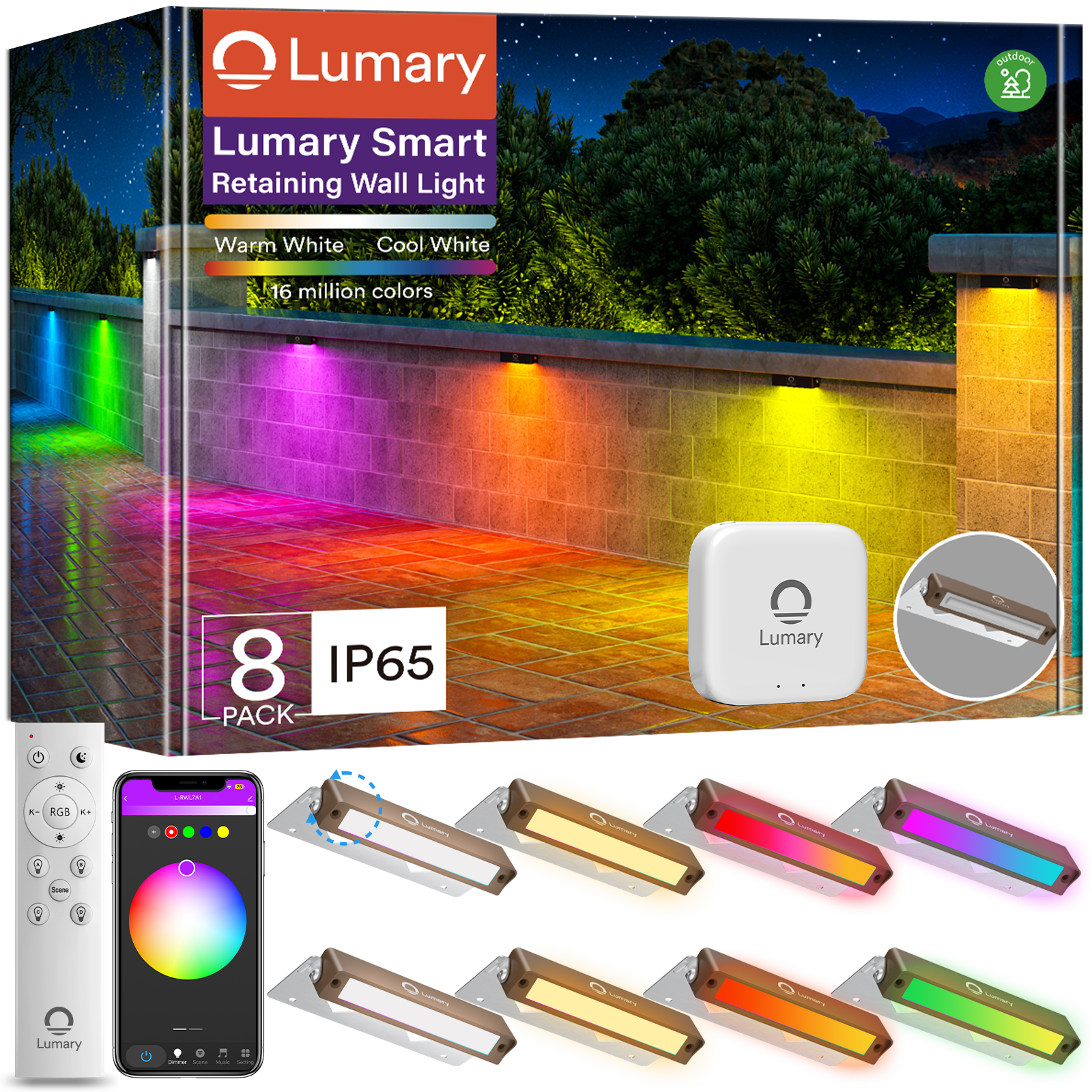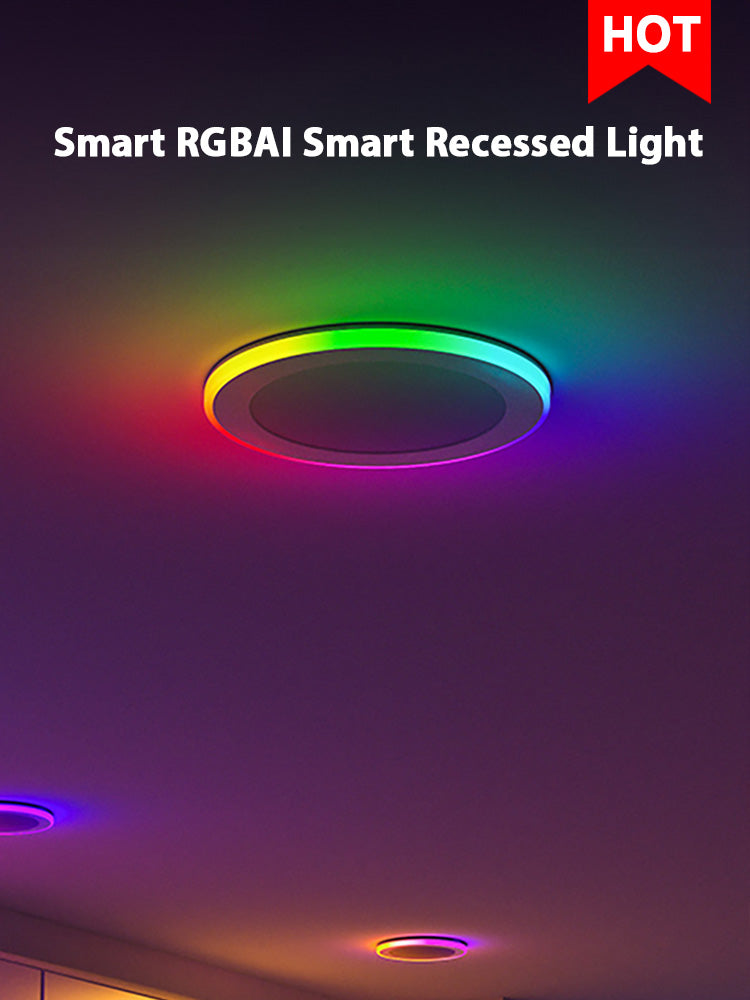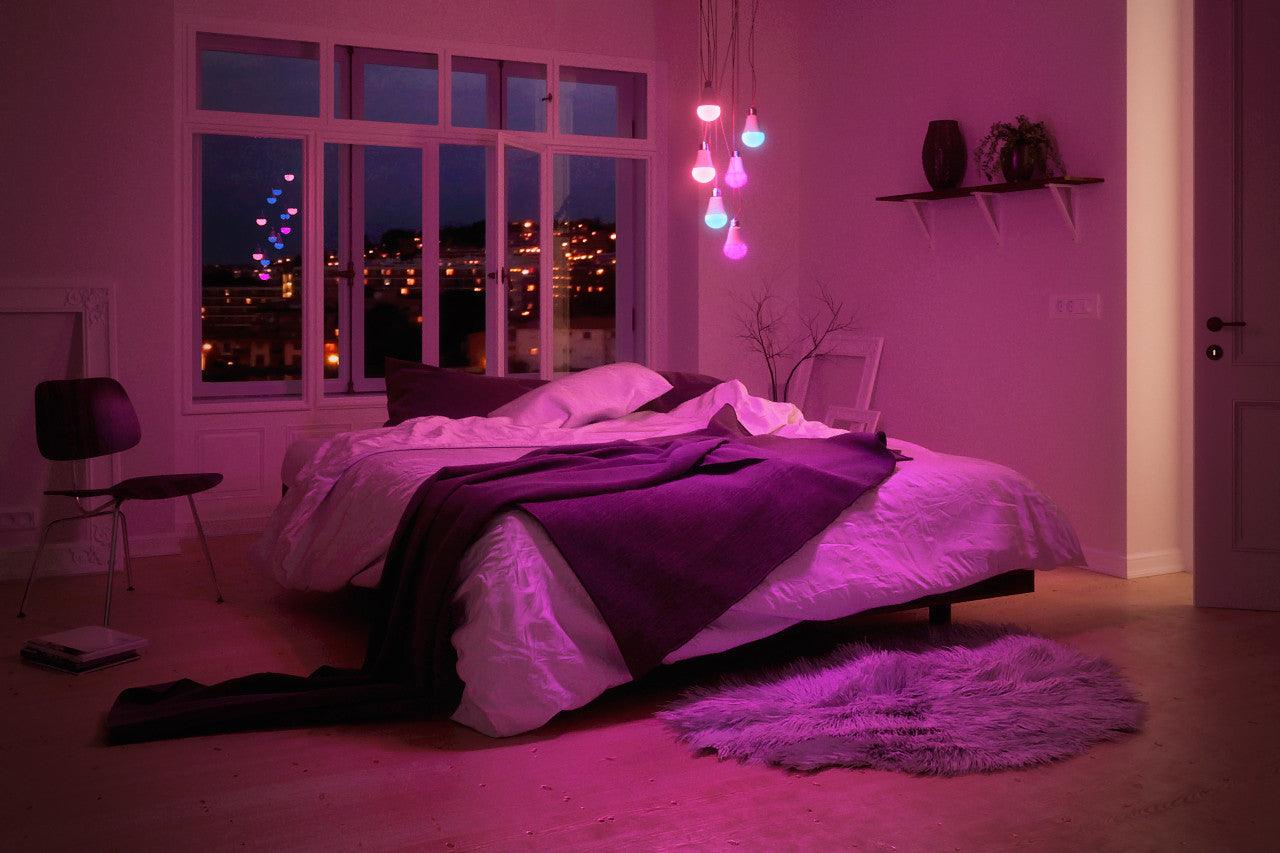Lighting is an essential aspect of our daily lives, and we rely on it for a variety of purposes, from providing safety and security to setting the mood in our homes. In recent years, there has been a surge in the popularity of smart lights, which offer features and benefits that traditional lights cannot match. However, traditional lights are still widely used and remain a popular choice for many people. In this post, we'll compare the pros and cons of smart lights and traditional lights and discuss the factors you should consider when deciding which type of lighting is right for your needs.
Smart Lights
Smart lights are a relatively new addition to the lighting market, and they offer a wide range of benefits that traditional lights can't match. Here are some of the pros and cons of smart lights:
Pros:
Energy Efficient: Smart lights are designed to be energy efficient and can be programmed to turn on and off automatically, reducing energy usage and saving you money on your electricity bill.
Convenient: Smart lights can be controlled remotely using a smartphone app, voice command, or smart home assistant, making it easy to adjust the lighting in your home from anywhere.
Versatile: Smart lights offer a variety of features, including color-changing options, dimming capabilities, and the ability to create schedules, scenes, and routines.
Increased Security: Smart lights can be programmed to turn on and off randomly, giving the impression that someone is home, which can increase the security of your home.
Cons:
Cost: Smart lights can be more expensive than traditional lights, and the cost can add up quickly if you want to outfit your entire home with them.
Complexity: Setting up and programming smart lights can be a bit more complicated than traditional lights, and it may take some time to get the hang of all the features.
Reliance on Technology: Smart lights rely on technology to function, which means that if your Wi-Fi goes down, you may not be able to control your lights.
Traditional Lights
Traditional lights have been around for decades and are still widely used in homes and businesses around the world. Here are some of the pros and cons of traditional lights:
Pros:
Affordability: Traditional lights are generally less expensive than smart lights, and you can purchase them at any hardware store.
Simplicity: Traditional lights are easy to install and use, and there are no complicated features or programming required.
Reliability: Traditional lights don't rely on technology to function, so you don't have to worry about them not working if your Wi-Fi goes down.
Cons:
Energy Inefficient: Traditional lights can be energy inefficient, and they may use more electricity than smart lights.
Limited Functionality: Traditional lights offer limited functionality, and you can't control them remotely or program them to turn on and off automatically.
Reduced Security: Traditional lights don't have the same security benefits as smart lights, and they can't be programmed to turn on and off randomly.
Factors to Consider When Choosing the Right Lighting
When deciding which type of lighting is right for your needs, there are several factors to consider, including:
Budget: Smart lights can be more expensive than traditional lights, so you'll need to consider your budget when making a decision.
Energy Efficiency: If you're concerned about energy usage and want to reduce your electricity bill, smart lights may be a better choice.
Functionality: If you want to be able to control your lights remotely or program them to turn on and off automatically, smart lights are the way to go.
Security: If you're concerned


